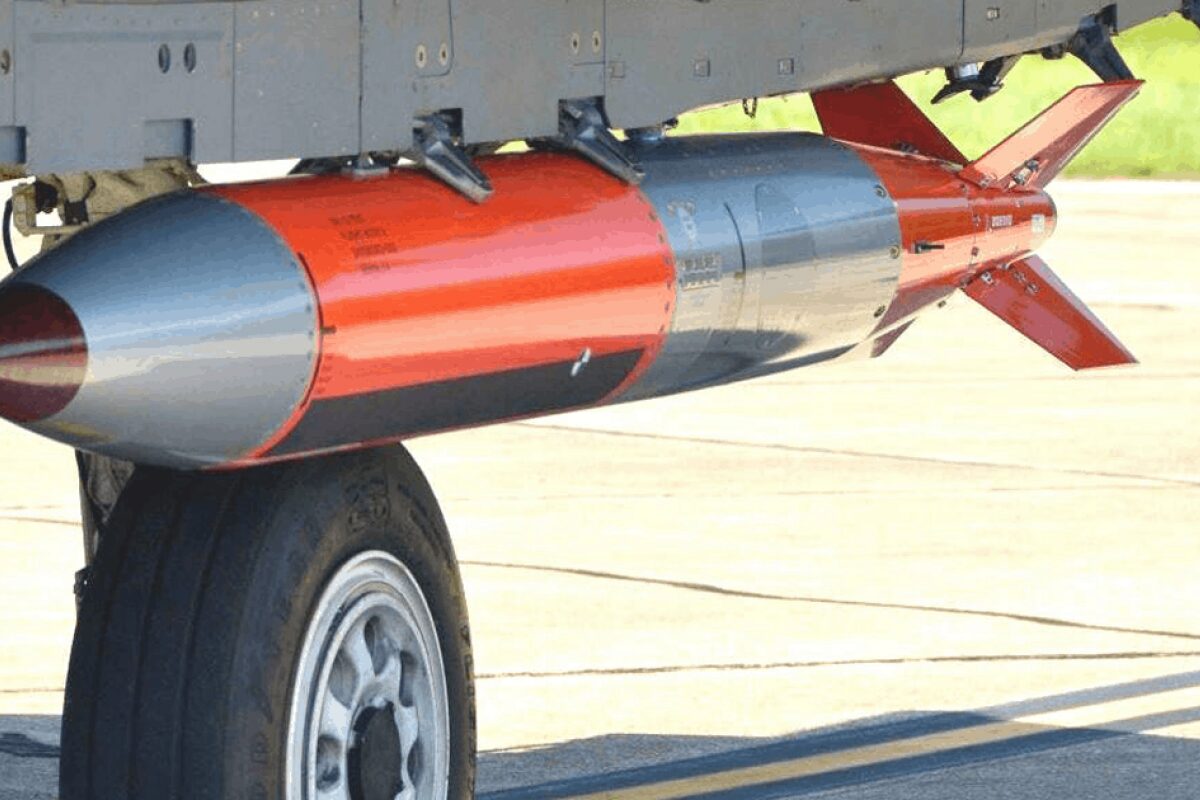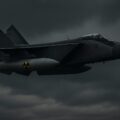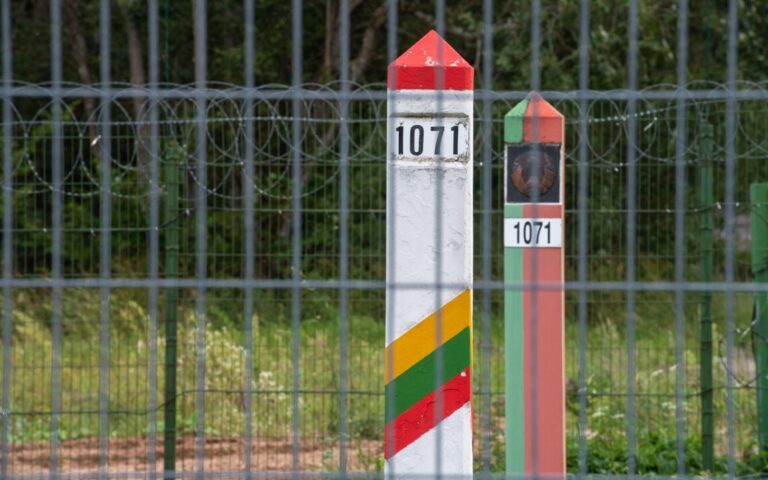
US returns tactical nuclear weapons to the UK: new stage for NATO deterrence in 2025
In July 2025, Europe’s information space was shaken by news that, for the first time since 2008, the United States had deployed tactical nuclear weapons on British soil. According to leading Western analytical centers, this move involved the transfer of modernized B61-12 thermonuclear bombs to RAF Lakenheath in Suffolk. This step not only changes the balance of power in the region but also marks a new era in NATO’s deterrence and security system.
Officially, neither the Pentagon nor the UK Ministry of Defence confirmed the movement of nuclear warheads this is part of a long-standing policy of “strategic ambiguity.” However, a number of authoritative sources, including the Federation of American Scientists, the Financial Times, Defense News, The Guardian, as well as satellite imagery and U.S. Air Force budget documents, point to the completion of a new nuclear storage facility at RAF Lakenheath and preparations for the return of U.S. B61-12 bombs.
These bombs represent a modern version of classic NATO tactical warheads, capable of delivering variable yields with precision guidance. They are compatible with F-35A Lightning II fighter jets, which are already in service with the U.S. Air Force’s 48th Fighter Wing at Lakenheath.
Why Now? Global Threats and NATO Strategy
The return of tactical nuclear weapons to the UK is a response to unprecedented challenges posed by Russia. Top officials have spoken directly about this: Prime Minister Keir Starmer stated that the current level of threats facing Europe is the highest since the Cold War. Beyond the ongoing Russian war against Ukraine, constant cyberattacks, and disruptive Russian activity in British waters and airspace, the West is also confronting the Kremlin’s new nuclear doctrine.
In this context, the U.S. and NATO are doubling down on deterrence by:
- Bringing B61-12 bombs back to a strategically significant base in Western Europe
- Investing in the modernization of defense infrastructure
- Raising the operational readiness of units equipped with state-of-the-art F-35A jets
- Expanding the scale of joint exercises and combat cooperation with allies
Lakenheath: Once Again a Nuclear Stronghold
RAF Lakenheath is one of NATO’s key air bases in Europe and previously hosted U.S. nuclear weapons during the Cold War. The last known withdrawal of B61 bombs took place in 2008, as part of a major arms reduction program across Europe. The new storage facility, constructed over the past few years, was specifically prepared for housing modern B61-12 bombs.
The base is home to the 48th Fighter Wing, which includes the 493rd and 495th fighter squadrons equipped with F-35A aircraft. These squadrons are the first in Europe to receive the capability to deploy the new generation of tactical nuclear weapons.
Strategic Logic: Deterrence, Not Escalation
Neither government has disclosed the number of warheads or detailed plans for their use. However, independent experts emphasize that the goal is not to create a new threat, but to raise the threshold for potential adversaries. This policy provides NATO and its allies with a time and mobility advantage should the security situation in Europe deteriorate.
Post List
UK Defense Reform: A New Phase of Military Build-Up
The deployment of U.S. nuclear weapons coincided with a sweeping reform of the UK’s defense policy. The new government under Keir Starmer has announced the transition of the armed forces to a state of combat readiness, an increase in the defense budget to 3% of GDP, the construction of new munitions plants, improvements in housing for military personnel, and an ambitious program to upgrade the Royal Navy.
Plans include the acquisition of up to 12 strike submarines in partnership with the U.S. and Australia (AUKUS), with up to £15 billion earmarked for the nuclear program and fleet.
NATO’s New Strategy: Responding to a New Era of Threats
At the same time, the Alliance is preparing to revise its basic standards for defense spending: a new target of 5% of GDP for all member countries by 2032 is under discussion. NATO Secretary General Mark Rutte has already proposed setting new budget benchmarks and implementing rapid innovation, emphasizing the need to reform the Alliance’s response and logistics systems.
Currently, the U.S. covers more than 60% of NATO’s defense expenditures, but key allies are gradually increasing their contributions. Increased spending, expansion of the defense-industrial base, and a growing role for nuclear deterrence are all part of the West’s response to predictable dangers and a demonstration of determination to defend democracy and stability in Europe.
The fact that the U.S. has returned tactical nuclear weapons to the UK is not only a military, but also a political signal. It shows that the West is prepared to invest in security and take steps that, until recently, would have been considered “excessive” or “undiplomatic.” All these measures are a response to a new era of risks and challenges, in which deterrence and operational readiness have become core values for NATO and its partners.
Despite the lack of official confirmation of the actual transfer of B61-12 bombs, the combined evidence, changes in military infrastructure, and political statements by both governments make it clear: Europe is entering a new phase of strategic confrontation, where the time for half-measures is over and security depends on the determination and unity of the Allies.















